A Brief Study of Clocks
It occurred to me that clock making is composed of three different aspects: The aesthetics, the function, and the engineering to unite the aesthetics and function.
Disregarding engineering, I contemplated a few broad categories of clocks.
The Fully Orienting Clocks
The fully orienting clock gives a sense of where you're going and where you've been. It enables the reader to contrast the past with the future and know where they are in the present. An example of this is the circular 12 hour clock, but there are other types as well.
Linear Clock

The Linear Clock is essentially the same as the circular clock. The main difference is when the linear clock reaches the end, it does not naturally fall into the next cycle, and so an extra movement is required to return it to the beginning.
Non Periodic Linear Clock
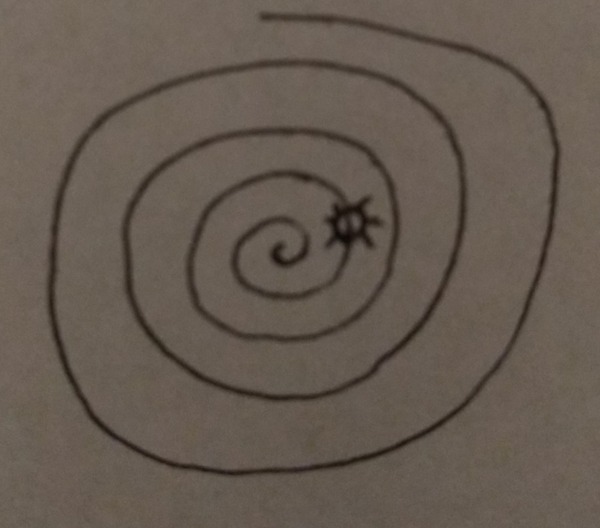
Non Periodic Linear Clocks are a variation of the linear clock. The difference is that the position of the indicator (We might call it the "hand") changes more at the the beginning than at the end of the time period. Because of this, the clock can visually communicate the idea of a chaotic beginning and a stable end. It also implies an ever increasing time to return to the top, bottom, left, or right.
Periodic Linear Clock
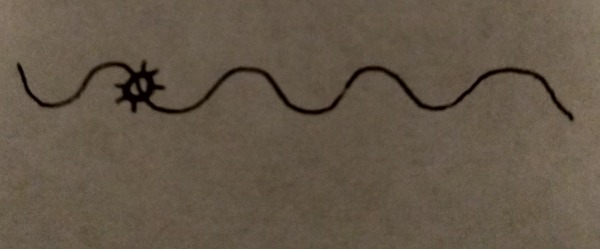
Periodic Linear Clocks can visually communicates a sense of cycles or seasons. For example, it could imply Summer at the top of the hill, Fall going down the hill, Winter at the bottom, and Sprint on the way back up. Or the Dry Season at the top of the hill and a the Rainy Season at the bottom.
Spatial Clocks
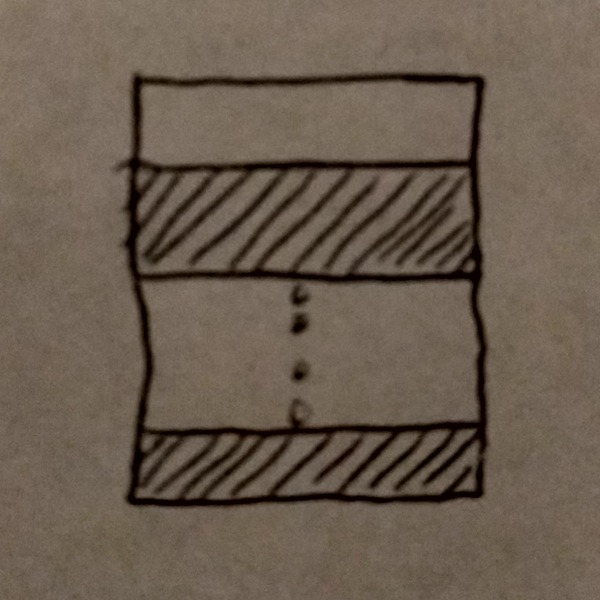
Spatial Clocks communicates time passed and time remaining in terms of area or volume. A classic example is the Sand or Water Hourglass.
The Partially Orienting Clocks
Partially Orienting Clocks communicate only what time remains or only what time has passed. Examples of this are the Stop Watch (counting up, measuring time passed) or the Timer (counting down, measuring time remaining). They don't directly communicate how much longer remains (if counting up) or how much time has passed (if counting down).
Linear and Spatial Stop Watches/Timers
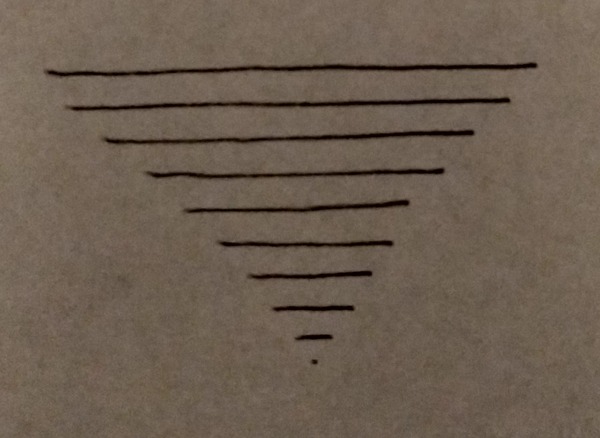
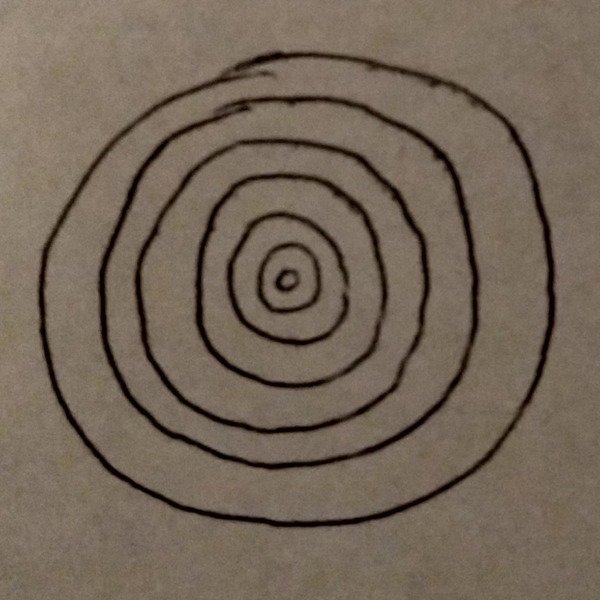
Communicates via visual length, area, or volume.
Preordained Revealing
The Preordained Revealing Clock represents the passage of time within a predefined, mostly non-spatial system.
Opacity Clock
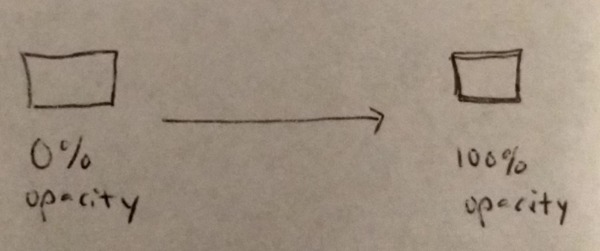
An Opacity Clock could represent the current time as an opacity value that is applied to an image. In the beginning, the image would be invisible, but over time, it would become more visible.
The Movie Frame Clock
The movie frame clock could map a time frame to a particular frame in a movie. For example, over a period of a year, each moment in time could be mapped to a frame of the movie Jurassic Park. For those who have seen Jurassic Park, this clock would be fully orienting because they would know what parts of the movie have passed and what parts are upcoming.
The Non Orienting Clocks
Non orienting clocks give little to no sense of the past or future, but still use a system to map the present moment to a symbol.
Non Orienting, Preordained, Image Clock
This clock maps a time period to a set of predetermined symbols known only to the creator of the clock. This could be images, sounds, colors, etc...
Non Orienting, Semi-Random, Word Clock
This clock build a word bubble from a set of real-world variables. Some of these variables are more random than others. For example we could build a clock that uses these variables...
- The top story of the New York Times
- The #1 trending search term on popular search engines
- The value of the S&P 500 index
- The number of countries in the world as recognized by the united nations.
- The air quality index in Denver, Colorado
- The #3 trending hashtag on Twitter
- The closest noun after the 302nd word in the most recent Joe Rogan podcast.
- The number of garage sales advertized on craigslist.com
- The title of the most recent book added to the closest Little Free Library.
